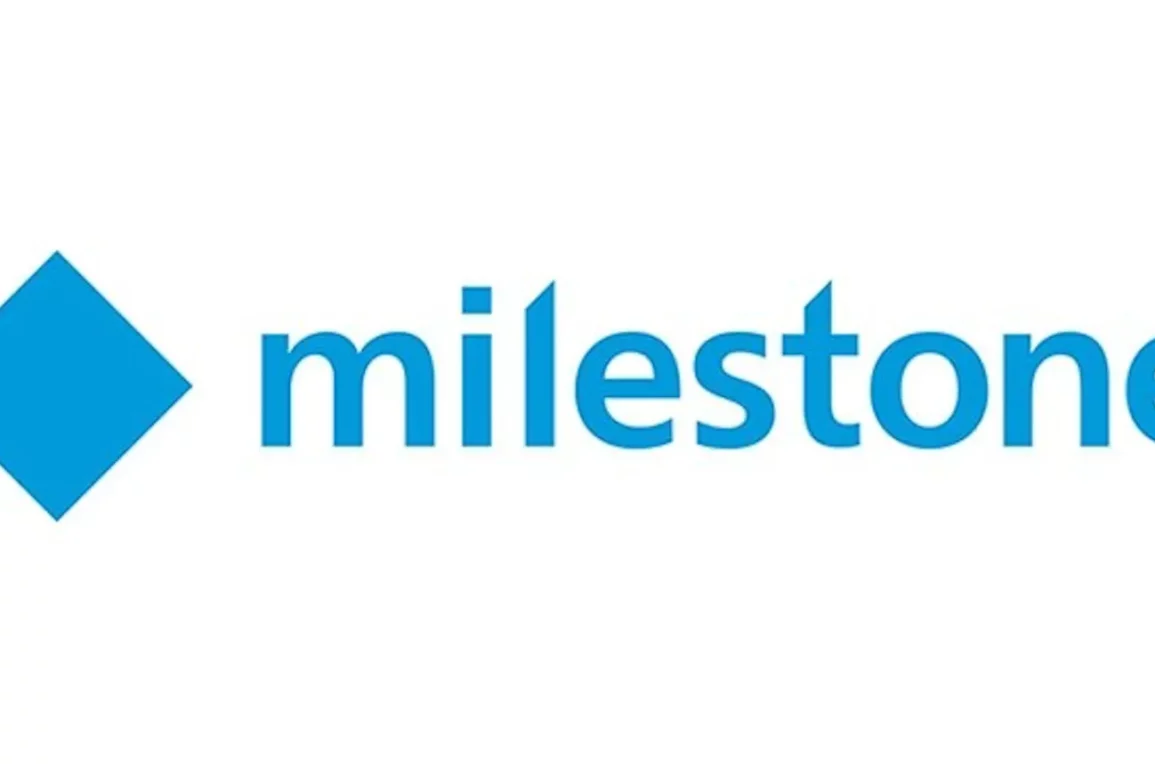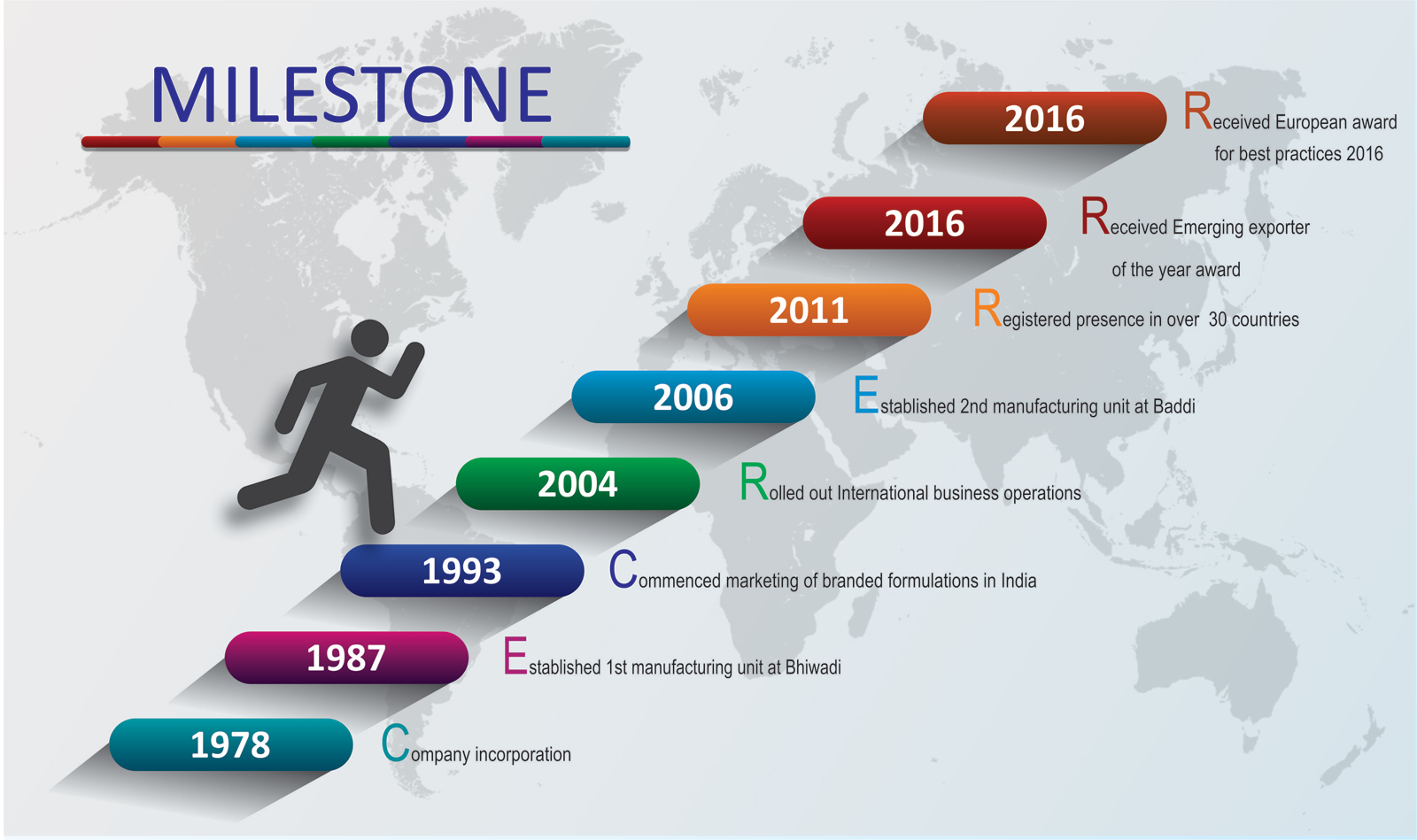Introduction
A Milestone Acceptance Form is a crucial document used in project management to formalize the acceptance of deliverables or milestones by a client or stakeholder. This guide provides an in-depth overview of its purpose, components, legal considerations under UK English, and laws of England and Wales.
Understanding the Milestone Acceptance Form
Purpose
The Milestone Acceptance Form serves as a formal acknowledgment that specific deliverables or project milestones have been completed according to the agreed-upon criteria and are accepted by the client or relevant stakeholders.
Key Components
Project Details
- Includes the project name, description, client or stakeholder names, and relevant project identifiers.
Milestone Description
- Clearly defines the milestone or deliverable being accepted, including its purpose, objectives, and scope as outlined in the project plan or agreement.
Acceptance Criteria
- Specifies the criteria that must be met for the milestone to be considered acceptable. This may include functionality, performance, quality standards, and compliance with project specifications.
Testing and Evaluation Results
- Provides detailed results of any testing, evaluation, or inspections conducted to verify the milestone’s compliance with acceptance criteria.
Acceptance Decision
- Indicates whether the milestone is accepted, rejected, or requires further action based on the evaluation results. It should include signatures or approvals from authorized parties.
Next Steps
- Outlines any follow-up actions, such as implementing changes or proceeding to the next phase of the project, based on the acceptance decision.
Legal Considerations in England and Wales
Contractual Basis
Milestone Acceptance Forms are often referenced in project contracts or agreements to document the completion of project phases or deliverables. It is essential to align the content of the form with the terms and conditions stipulated in the project agreement.
Dispute Resolution
Dispute Avoidance
- Clear and unambiguous acceptance criteria help mitigate disputes by providing a standardized basis for evaluating deliverables.
Resolution Mechanisms
- In case of disputes regarding milestone acceptance, parties may refer to dispute resolution clauses in the project contract, such as negotiation, mediation, or arbitration, as preferred methods for resolving disagreements.
Compliance with UK Laws
Data Protection
- If the project involves handling personal data, compliance with the UK GDPR (General Data Protection Regulation) must be ensured when documenting and storing Milestone Acceptance Forms.
Contractual Validity
- To be legally enforceable in England and Wales, Milestone Acceptance Forms must accurately reflect the parties’ intentions and be supported by valid consideration and mutual agreement.
Conclusion
In conclusion, the Milestone Acceptance Form plays a critical role in project management by formalizing the acknowledgment of completed project phases or deliverables. By adhering to the guidelines and legal considerations outlined in this expert guide, stakeholders can effectively manage project milestones while complying with UK English and laws of England and Wales.
What is a Milestone Acceptance Form?
A Milestone Acceptance Form is a document used in project management to formally acknowledge the completion and acceptance of specific project milestones or deliverables by the client or stakeholders.
Why is a Milestone Acceptance Form important?
It serves as a formal record that deliverables or milestones meet predefined criteria, helping to prevent misunderstandings and disputes between parties involved in the project.
Who typically signs the Milestone Acceptance Form?
The Milestone Acceptance Form is usually signed by authorized representatives of both the client and the project team responsible for delivering the milestone.
What information should be included in a Milestone Acceptance Form?
It should include details such as project name, milestone description, acceptance criteria, testing results, acceptance decision (accepted, rejected, or pending), and signatures of authorized parties.
When should a Milestone Acceptance Form be used?
It should be used whenever a project reaches a significant milestone or completes a deliverable to ensure both parties agree on the quality and completion of the work before proceeding to the next phase.
What happens if a milestone is not accepted?
If a milestone is not accepted, the Milestone Acceptance Form typically outlines the reasons for non-acceptance and may specify corrective actions required to meet acceptance criteria.
Can acceptance criteria be changed after they are defined?
Acceptance criteria can be revised if agreed upon by both parties through formal change control processes outlined in the project contract or agreement.
Who prepares the Milestone Acceptance Form?
The project team or project manager responsible for delivering the milestone typically prepares the Milestone Acceptance Form based on predefined acceptance criteria.
Is the Milestone Acceptance Form a legally binding document?
Yes, the Milestone Acceptance Form can be considered a legally binding document if it accurately reflects the parties’ agreement and is executed by authorized representatives.
What role does the Milestone Acceptance Form play in project disputes?
The form helps mitigate disputes by providing a documented record of agreed-upon criteria for milestone acceptance, facilitating resolution through clear communication and adherence to contractual terms.
- Freelance App Developer’s Contract - August 14, 2024
- Pay-Per-Click Management Service Agreement - July 18, 2024
- Website Minor Work Agreement - July 15, 2024










